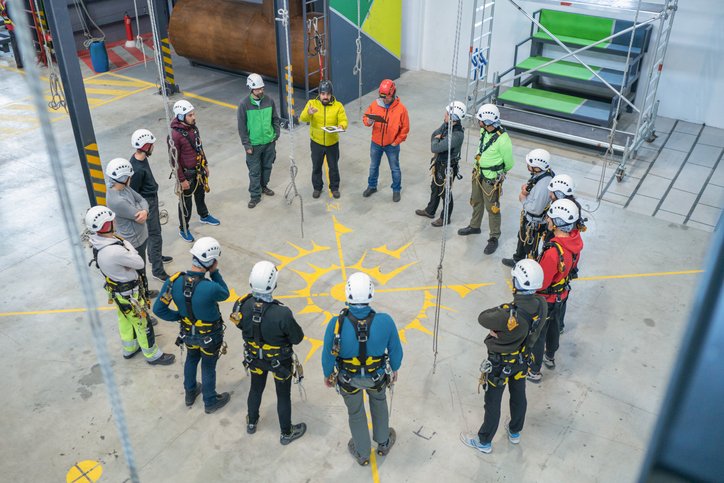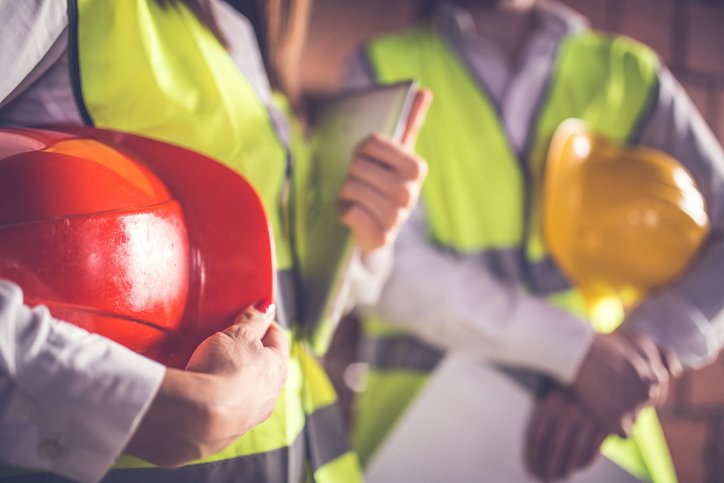
Sometimes, accidents can occur on a construction site. It’s unfortunate and it can be costly, for both individuals and businesses. Therefore, limiting the harm that construction site hazards can cause offers a safe working environment for all and lessens the impact on a business.
So, to help you understand the main hazards in construction sites, we’re here to offer our insight into managing construction site hazards safely.
Construction sites carry out a range of different work, which influences the type of hazards you need to be wary of. There are lots of different construction site hazards to be mindful of. Below is a list of the most common.
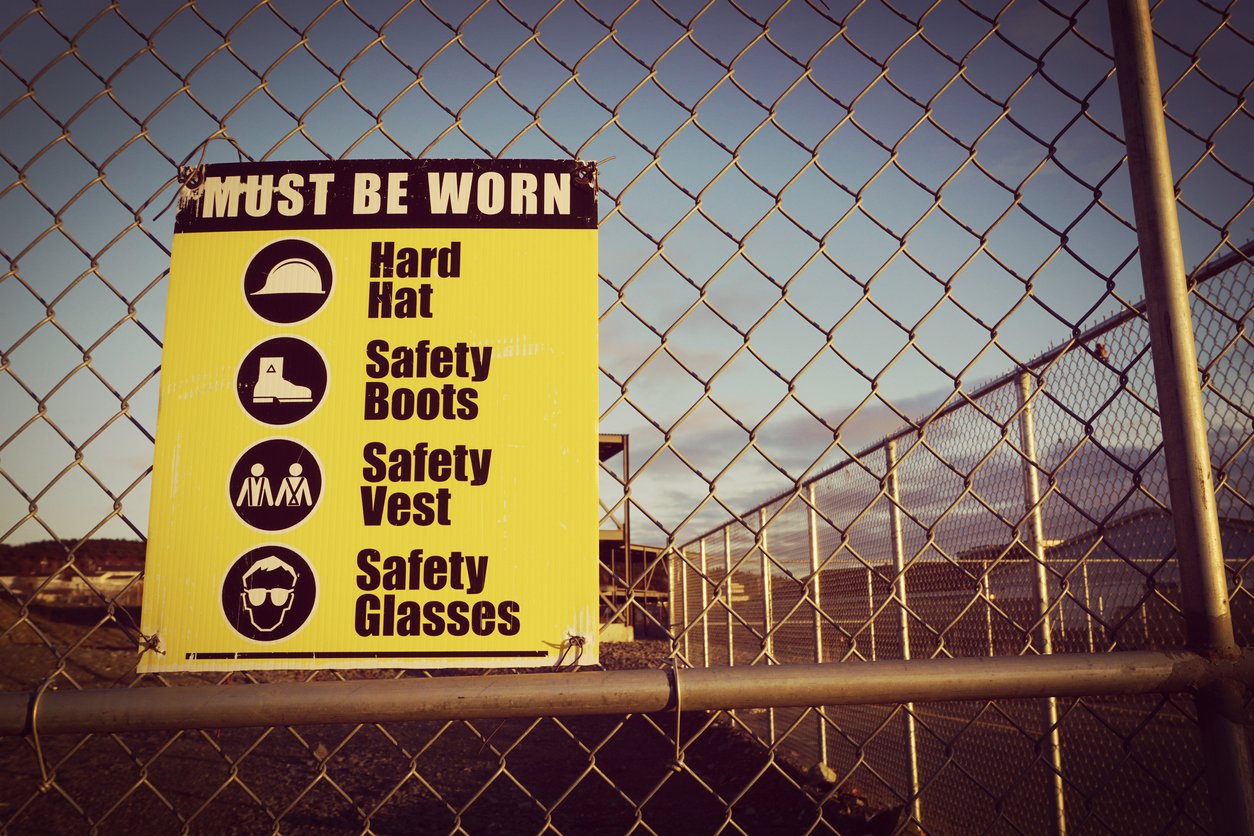
A construction site without hazardous materials simply doesn’t exist! Whether it’s a chemical spillage, heavy machinery, handheld equipment, or airborne substances, the environment of a construction site means that danger is never faraway. So, to negate any adverse effects of the materials, workers should be supplied with a material safety data sheet (MSDS). This vital document should detail each and every hazardous material present onsite, with information on how to use equipment responsibly and any PPE guidelines.
Workers should be adequately trained to deal with any hazardous materials and substances, with awareness of each risk essential to preserve site safety.
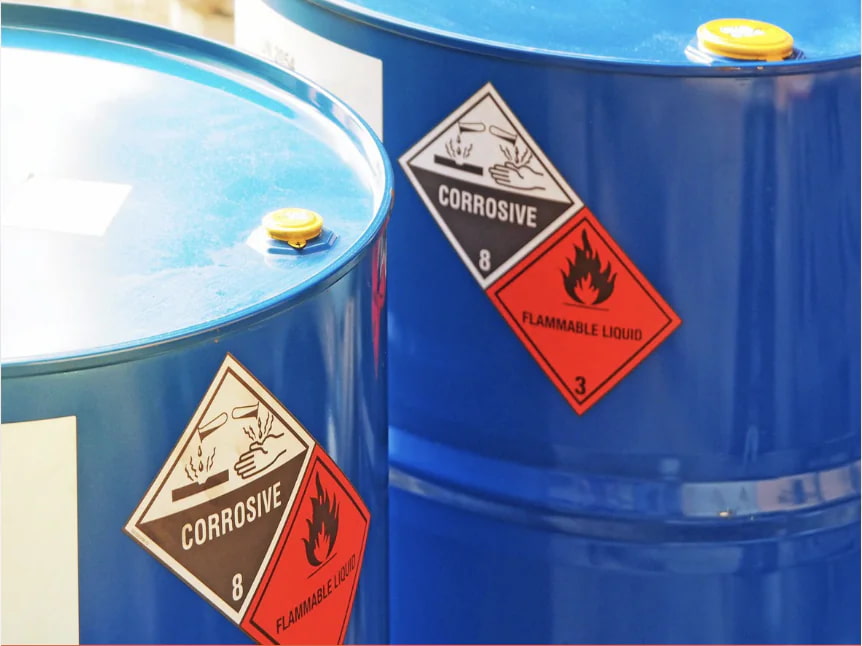
One of the most common building site hazards are slips, trips and falls. Although it can be argued that this can occur anywhere, uneven surfaces and the many different materials often found in construction sites mean a trip or a tumble can easily concur. The HSE reports there are an estimated 1000 injuries involving fractured bones or dislocated joints as a result of construction site slips or falls every year.
To prevent your workers from enduring the same fate, you could implement the following prevention measures to tidy up your site, making it a safer place to work and navigate.
It’s important for site supervisors to manage construction sites effectively, with an efficient accident reporting process in place.
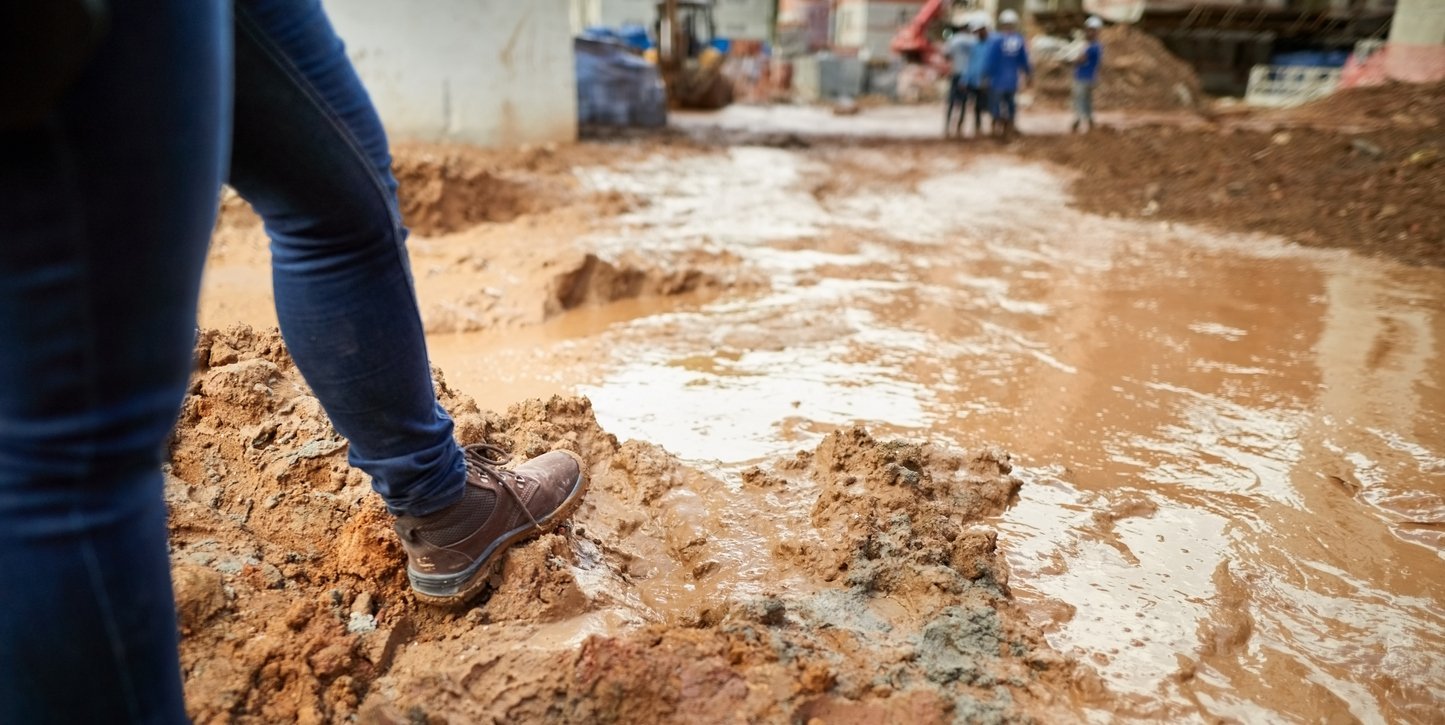
Sadly, 40 fatalities were recorded in 2022/23 on construction sites as a result of workers falling from a height. As working at height is a common occurrence on construction sites, adequate training is pivotal to preserve the Health and Safety of workers. It is also a legal requirement for employers to carry out thorough risk assessments – staying compliant is key too, remember!
You must only assign duties to those who have undertaken the necessary training so that supervision is safe for anybody working at height. Any equipment used must be tested and reinforced with extra safety measures that reduce the risk of a fatal fall. You should also consider the use of a safety net underneath any area where a worker is at height.
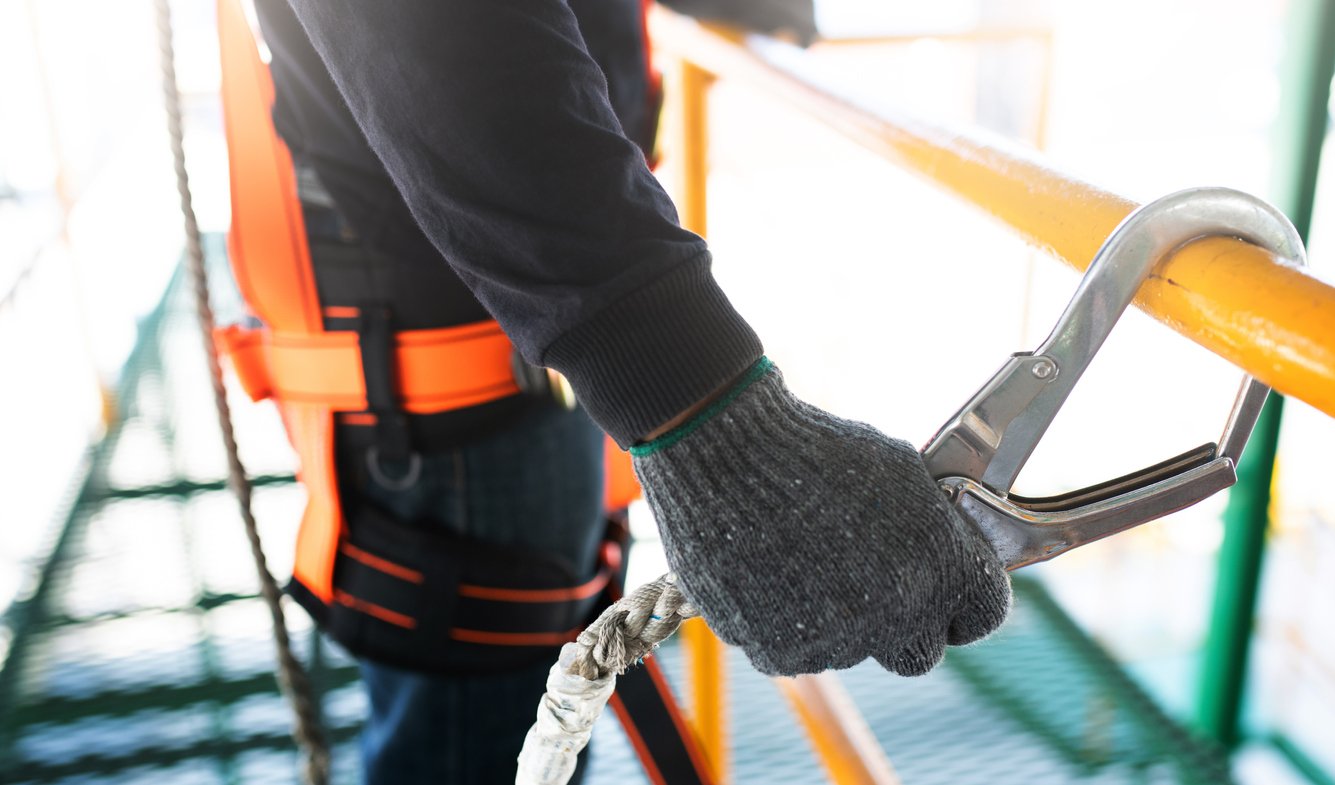
With lots of drilling, lifting and handling of heavy equipment, dust is a constant on construction sites. The health dangers associated with dust are stark. Its airborne fibres mean its sometimes invisible to the naked eye, but the toxic fumes it releases are hazardous. It can lead to lung problems, occupational cancers and Chronic Obstructive Pulmonary Disorder (COPD), amongst other respiratory issues.
So, to stay compliant with the laws around construction site dust, such as the Control of Substances Hazardous to Health Regulations (COSHH), you need to ensure precautions are in place.
Safety measures to minimise the impact of dust on construction sites include:

Dealing with asbestos should be left to expert asbestos removal companies. Carrying out work where asbestos is present can have damaging and sometimes fatal consequences for the long-term health of those exposed. When disturbed, the fibrous minerals contained within asbestos are released into the air, raising the risk of inhalation.
Any asbestos discovered on-site must be reported to all workers and specialist asbestos training is provided.
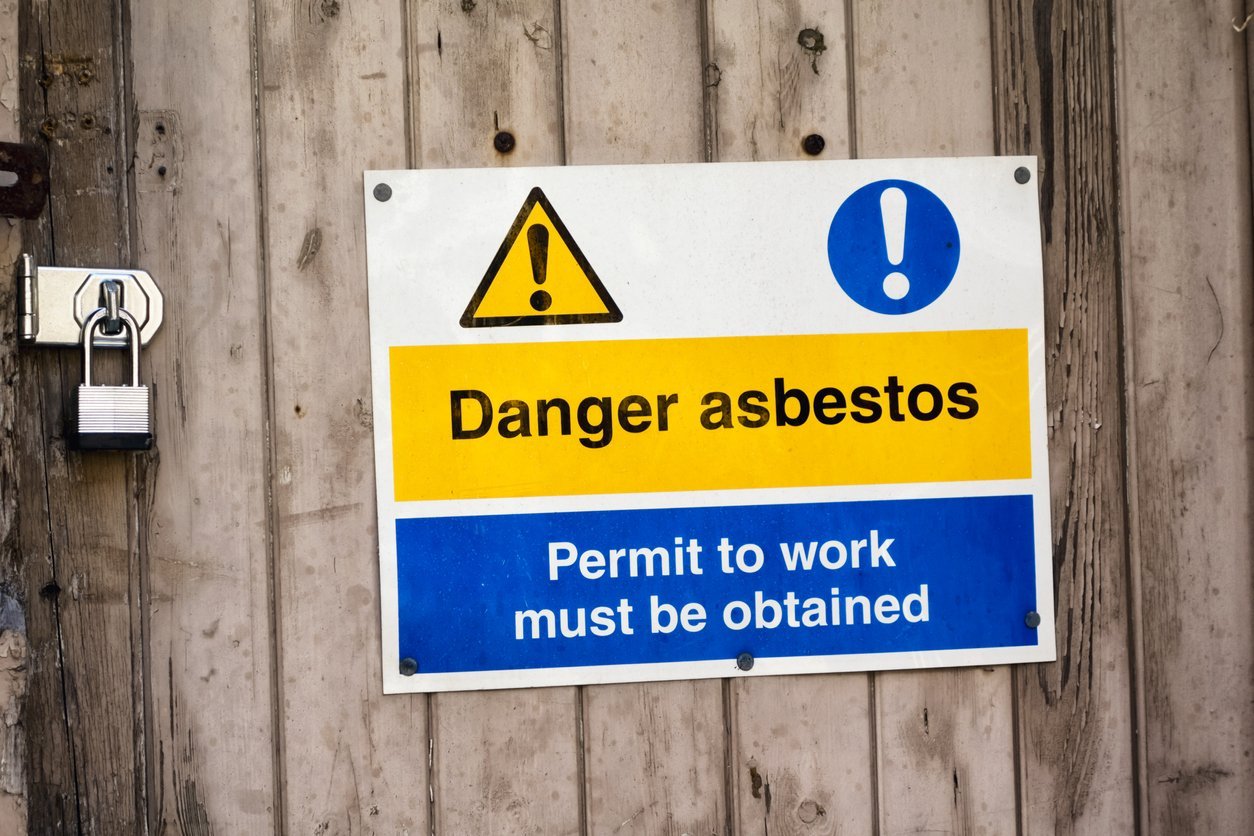
Conditions on a construction site never remain the same for long. Work is ongoing constantly, with a range of materials and equipment in use. Goods and cargo are transported frequently, meaning an increased number of construction site hazards. This could be overhead lifting equipment, work vehicles, heavy machinery, and building materials.
As a site supervisor, ensure your workers are vigilant and can act responsibly in the presence of moving objects. Bright, visible clothing is a must to help improve the visibility of workers, alerting any employees who are operating work vehicles.
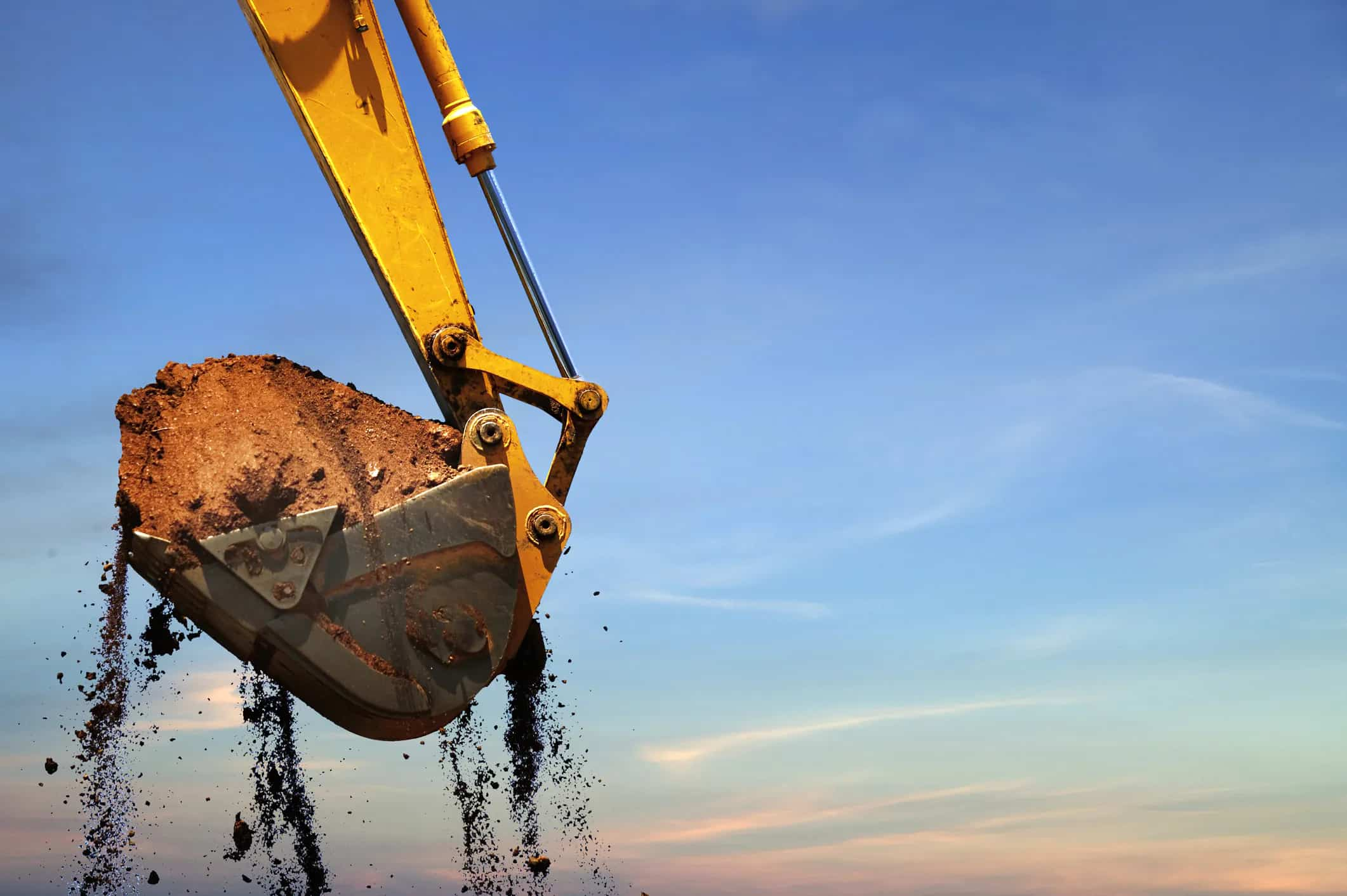
Anybody who has experienced a mild electric shock knows of the pain and discomfort. Exposure to live electrical components presents a different type of hazard entirely. Electrocution isn’t pleasant, but it is common. They’re often caused as a result of contact with power cables located overhead or underground. Electric shocks are also a common cause of falls from ladders and working platforms.
Only qualified electricians should carry out any sort of electrical work on a construction site. It may be a temptation to call upon the help of somebody in close proximity, but the safety consequences can be stark. A risk assessment that highlights all electrical hazards on a construction site must be undertaken prior to any work beginning.
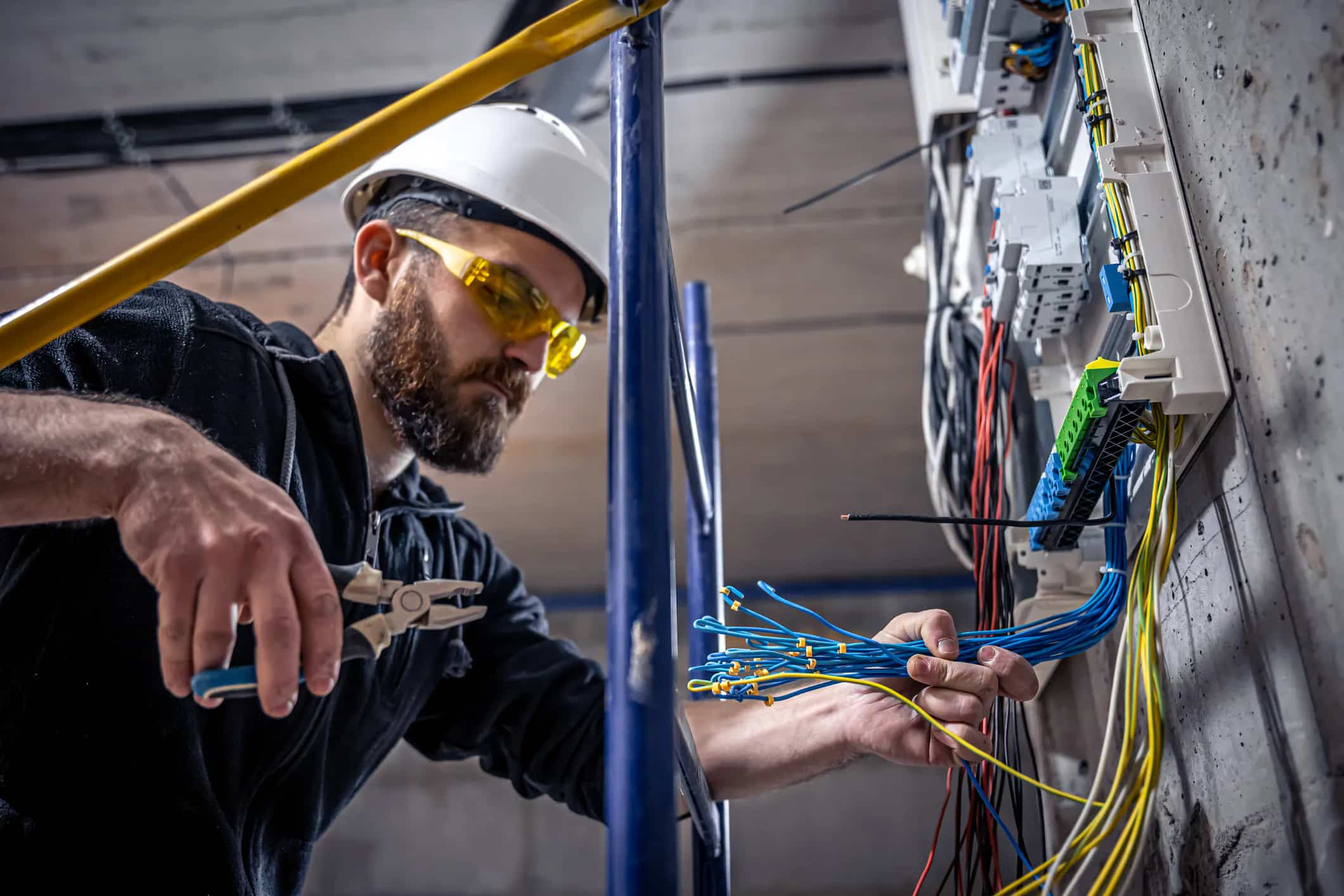
Heaving bulky equipment and items around on a construction site is part of the day job. However, depending on the type of lifting required, training should be provided to ensure workers are not putting themselves at risk of injury. This is costly to both themselves and to your business. Ensure you provide training and testing workers on the correct manual handling techniques.
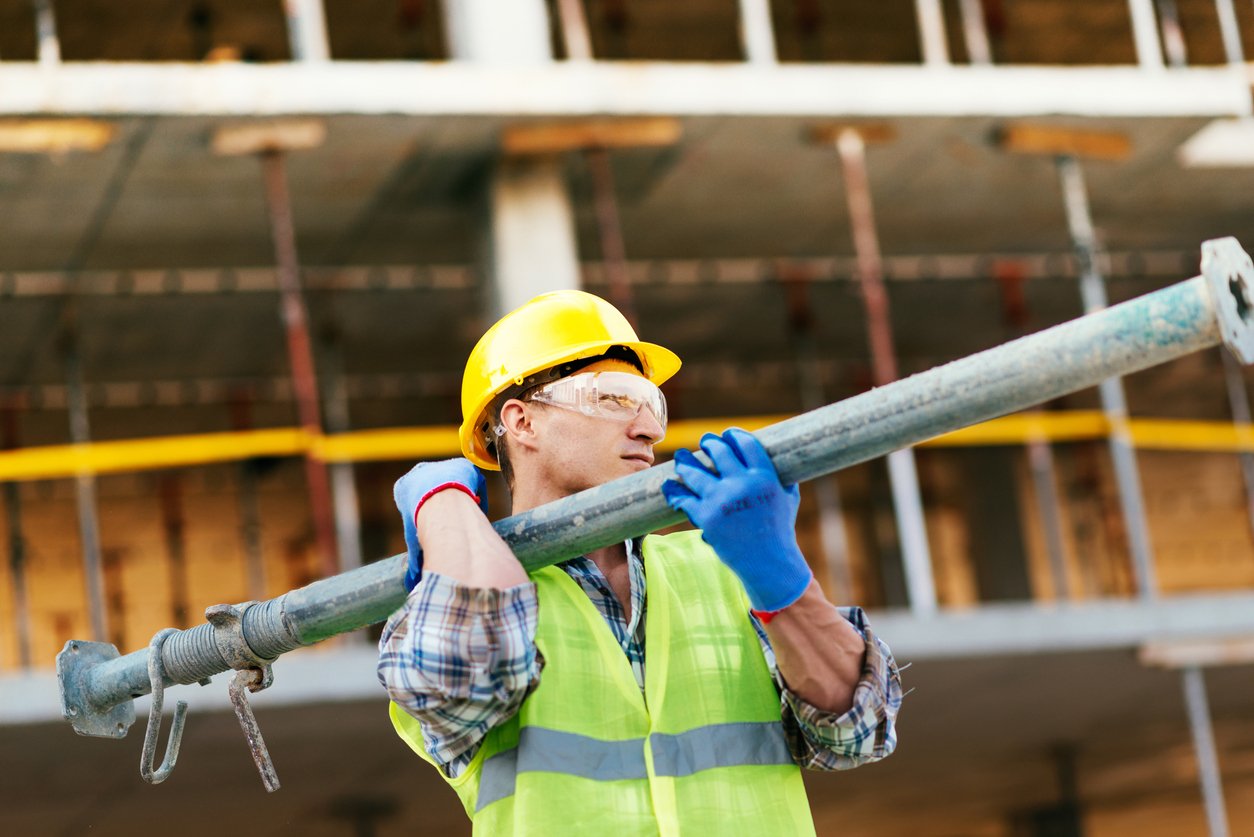
It’s a bit of an understatement to say that construction sites are noisy! Daily exposure to the whirring, drilling and tremors of loud industrial equipment will result in long-term hearing problems. It’s also not easy to concentrate on a task where noise is incessant and extremely loud. This can then pose further Health and Safety and increases the likelihood of accidents.
Always ensure your risk assessment covers any noise-associated hazards and that workers are protected with noise-protection equipment.
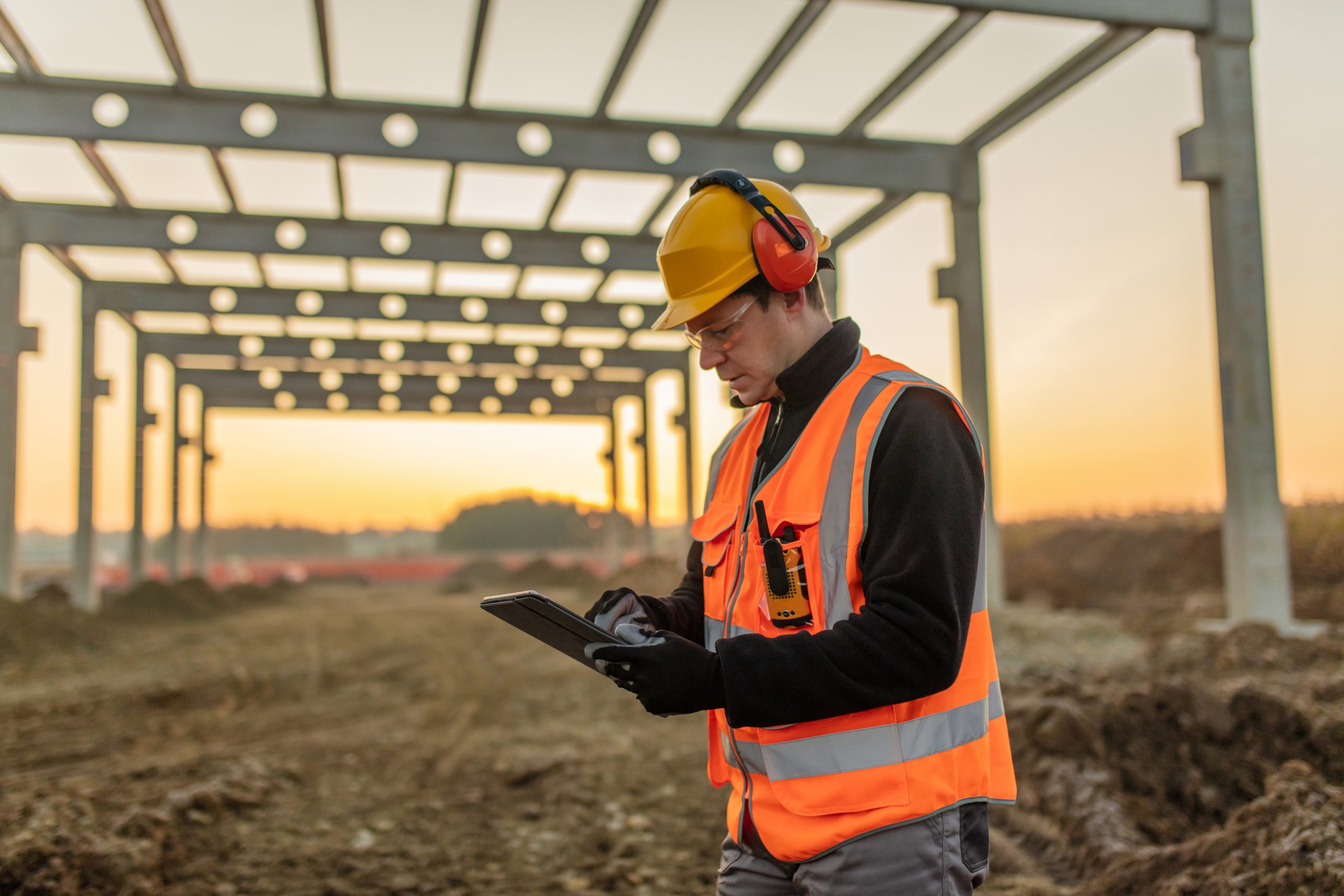
Now you’re equipped with a little more knowledge of building site hazards, perhaps it’s time to consider improving Health and Safety on your construction site projects. Our training courses are CITB-approved, helping to boost skills and knowledge with the following training available for prospective site supervisors, current site supervisors and budding site managers.
Our courses are all delivered 100% online, delivered by a CITB-qualified instructor.
If you’re looking to increase the efficiency of your projects, then why not take a look at our Supply Chain Management service? As an SSIP-accredited member, we offer a series of packages to help your business demonstrate your commitment to Health and Safety.
So, why not contact us today and speak to one of our experts? We’ll help ensure your construction site is safe, compliant and free from hazards.
